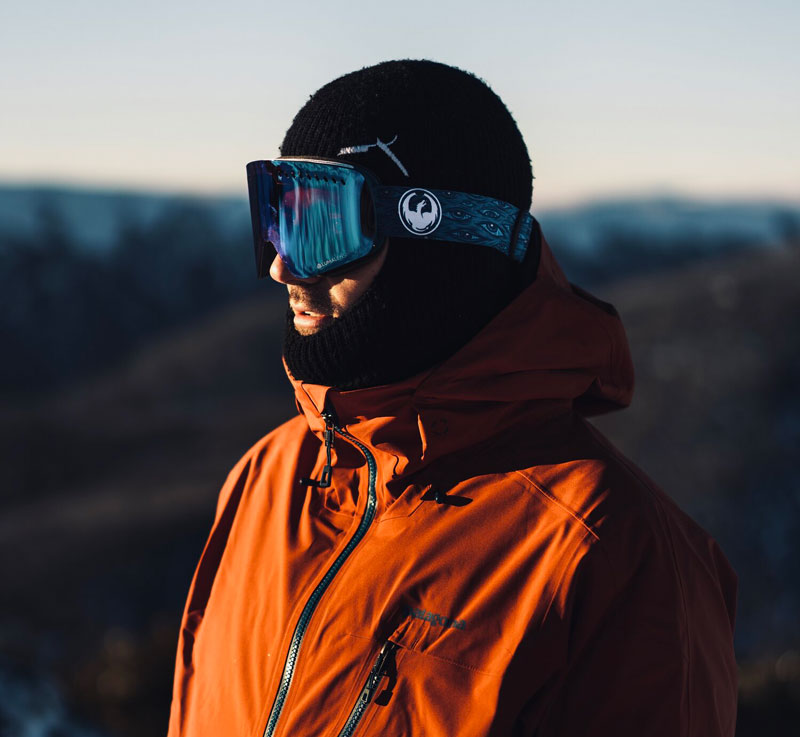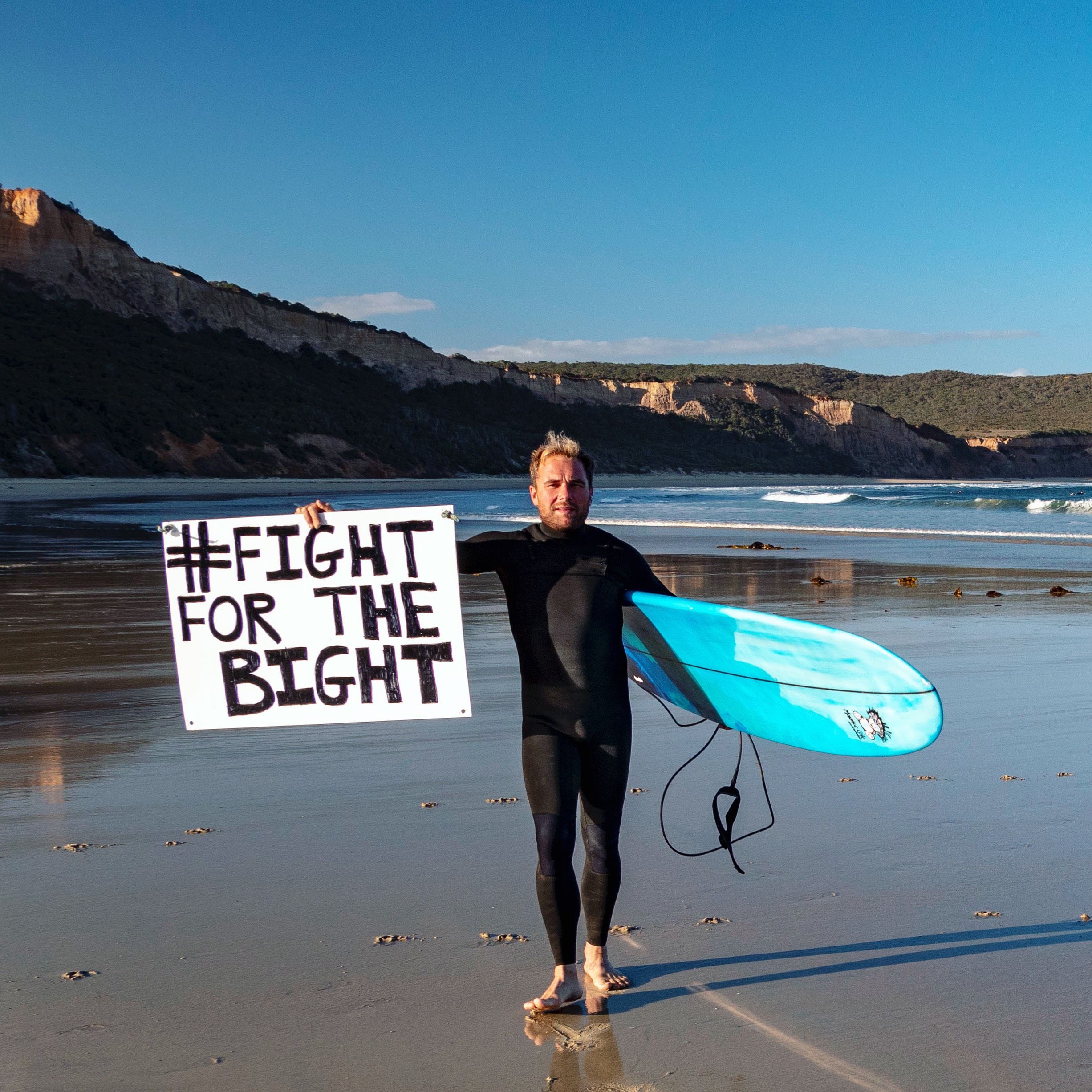24 Jul Pro Production Tips: Filming in Surf & Snow
Melodie’s Craig Hodges takes a moment to chat with Olliepop Media House founder & director, Jeremy Richardson. A master of filming in all kinds of extreme frozen and aquatic conditions.
Who is Jeremy Richardson and how did you get started?
I’m 33 years of age, born and raised in South Australia before moving to the mountains at the age of 18. When it comes to picking up a camera, the journey began with a winter at the Victorian mountain of Falls Creek.
Fast forward to 2020 with nine winters there and six in NSW shooting at Perisher and Thredbo Resort, I spent five NH seasons in Whistler shooting in the backcountry mountains, as well as some time in the USA, Europe and Japan.
Right before COVID I was lucky enough to venture to Kosovo with Burton Pro Marko Grilc shooting for his Backcountry Snowboard Camps.
Imagine spending 7 days with a tight group of snowboarders from around the world – even though you’re strangers on night one by day three you’re as thick as thieves. Uno Games accompanied with an Après session or two, and then a full day of snowboarding in knee deep powder with only the crew in sight.
We hiked up to the highest peaks to take in the incredible scenic views, while mobbing the mountain alone thanks to a Snow-Cat that is a tank of the snow – able to climb mountains while you sit in your comfy seat warm and dry resting up for the next lap. This thing takes you to where the chairlifts can not go!
What are your top tips for shooting action in snowy environments?
When it comes to shooting in snow you want to have a range of camera equipment to allow you to capture the action and the scenery.
My hot tip; a 24-70mm f2.8 and a 70-200mm f2.8 are essentials. A wide lens or a nice prime say the 55mm for full frame. I actually run the Panasonic GH5 – a micro 4/3rds camera that is a cropped sensor so the specs are a bit different for me.
My kit consists of 12-40mm f2.8, 45 f.12, and the 70-150mm f2.8 lenses. To go with this, a GoPro hero 6-7 or 8 with Karma Grip is an asset for powder follow cams, with the Max 360 a secret weapon for those in the know.
Drones are a wonderful tool as well, it pays to get your commercial licencing sorted, the crew at Victorian UAV are the best around Melbourne.
The key for me is really understanding what you’re shooting, I watched so many snowboarding videos. Spending countless hours, perhaps thousands falling in love for the sport I chose to shoot, and that helped me understand angles to best capture tricks and to take in the sport in a way that a regular film-maker might not quite understand.
Like anything, research pays off!
Snowboarding videos feels like a natural progression, but how did you get into surfing vids?
Shooting snowboarding came from actually being a snowboarder. Shooting surfing came a little down the track, as when it came to spending time by the ocean, the last thing I wanted was a camera in my hand.
Last year that changed with the #fightforthebight movement where I found my desire to care for the ocean surpassed the need for surfing, I guess that progressed naturally to wanting to capture surfing as well.
I still surf but the balance is there now to also capture it.
What kind of gear are you using to shoot surfing videos?
The drone and a super long lens are essential. I have the 70-150mm f2.8 with a 1×4 adapter, and shoot from the beach with a Libec professional tripod. I also use the Atomos Ninja V monitor to help me follow the surfer.
Concentration on this is really key as you’re always off and on waiting for the surfer to catch a wave, when the set rolls through you need to be ready because you can easily miss the start of a clip!
I really think personality is a huge part of video production so make sure you capture the road trip, looking at the ocean, getting geared up. All the bits that tell the story of going surfing and not just the waves.
Any tips on learning how to shoot with drones?
Drones are a whole new world of imagery. I’m a stickler for doing things right so if you’re based in Victoria like I am, make sure you go see Victoria UAV for your basic training. They’ll teach you how to fly so much better in just a couple of hours than you would do learning on your own for a month.
Lens filters are a hot tip, if you don’t have different ND filters then the glare from the sun drastically impacts your image quality and nobody wants that.
How do you protect yourself and your equipment from the elements?
Making sure you layer up with the right gear is just as important as having your camera gear wrapped up. The good old plastic bag is a cheap option for a camera cover (re-use a shopping bag). Also if your lens has the option of a lens hood, get one! Otherwise do it right and make sure you have extra gloves, warm thermals, layers and that Gore Tex outerwear. Nothing sucks more than being cold!
Do you have any tricks or shortcuts for editing?
I’m a Mac guy, and Final Cut X is where it’s at for me. I’ve heard over and over that people prefer Premiere but nothing is faster than Final Cut X and time is money so clients pay me for speedy service as well as high quality production.
The trick is being ruthless in your selection of clips. Working out that if a clip isn’t 5 stars it’s probably not worth including in your project is the first step. Your audience wants your very best not your 2, 3 or 4 star effort. Also knowing the vibe you’re after and having access to a music library such as Melodie is incredibly important for creative professionals.
Cutting together clips is storytelling, and my attention span isn’t that great so if you’re editing and you lose attention watching your timeline, know that your audience probably will too. Rather than making an 8 or 10 minute video it’s better to create something that people watch start to finish for five minutes (or even two minutes) but on the edge of their seats from start to finish.
How do you search for music and what do you look for in a track?
Music is such an important part of video editing. You can put clips to something upbeat and the vibe is so good, yet you can slow down the footage, colour-grade some blue tones and put it together with a slow ballad and the same clips look completely different to your audience.
I wouldn’t say I always find the music first but it certainly helps to have a wider range of music to scroll through like the library at Melodie. There’s so much variety even with each track as the varied versions with the drum kit or without, without the vocals or with.
Before searching for music I like to know the vibe I’m looking for. Sometimes I’ll spend a day exploring Melodie’s music library just so I have a handful of tracks up my sleeve for the next project. It’s pretty easy to find a quality track with a library like Melodie’s. You have plenty of options for each track too: don’t want the bass, the vocals or the drum-kit? There’s probably a version of the track that has just what you want.
Know your audience and how you want to make them feel. That’s really key!
How did you become involved with social & community projects?
I mentioned before about the #fightforthebight. This was a huge thing for me last year, working with Surfrider Ambassador Damien Cole and the Great Australian Bight Alliance. After spending more than a decade in the mountains, by the ocean, exploring nature, it wasn’t enough for me to simply enjoy it, it was time to stand up for the things I care about.
There is a climate emergency we’re all facing right now and if you hide from that fact you’re plain kidding yourself.
The #fightforthebight was about stopping a crazy project from happening that risked the entire southern part of Australia’s coastline and a internationally recognised marine park. Fast forward to earlier this year and the project got canned thanks to 56 coastal communities coming together and saying NO X WAY.
Moving forwards my focus is to continue supporting environmental issues while working with businesses that have an ethical focus in their work whatever it may be.
How important is filmmaking to social projects like these?
Filmmaking is so key! Being able to spread the word far and wide is the most important part though. It’s not enough to just make the film, you have to distribute the message far and wide. If you believe in what you’re working on make sure you get a group of people involved that can help you push the message.
I’ll never stop making these films. That’s my promise to myself and to future generations.




